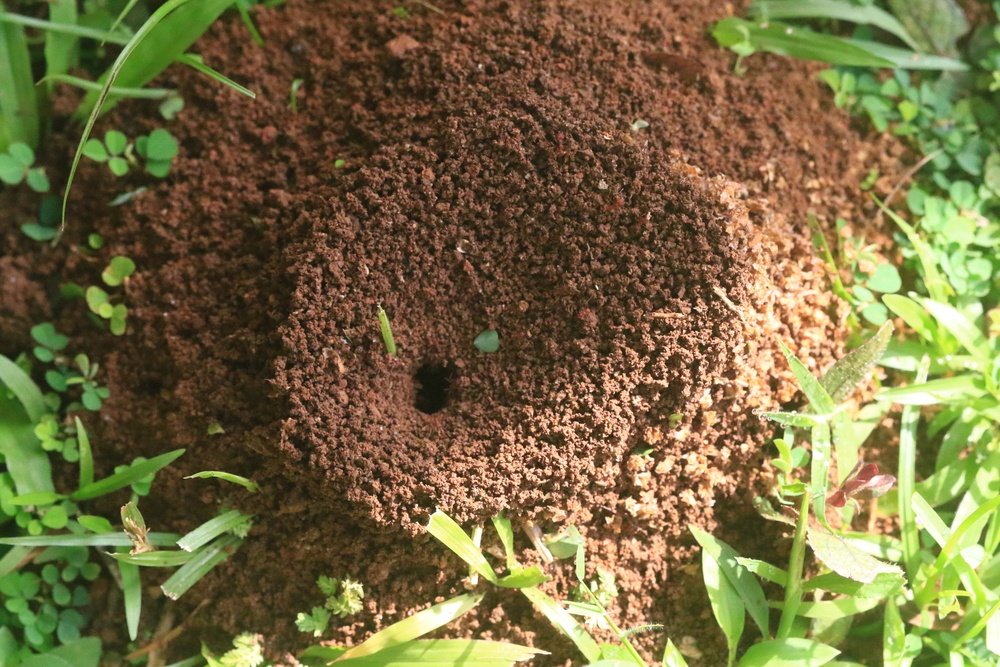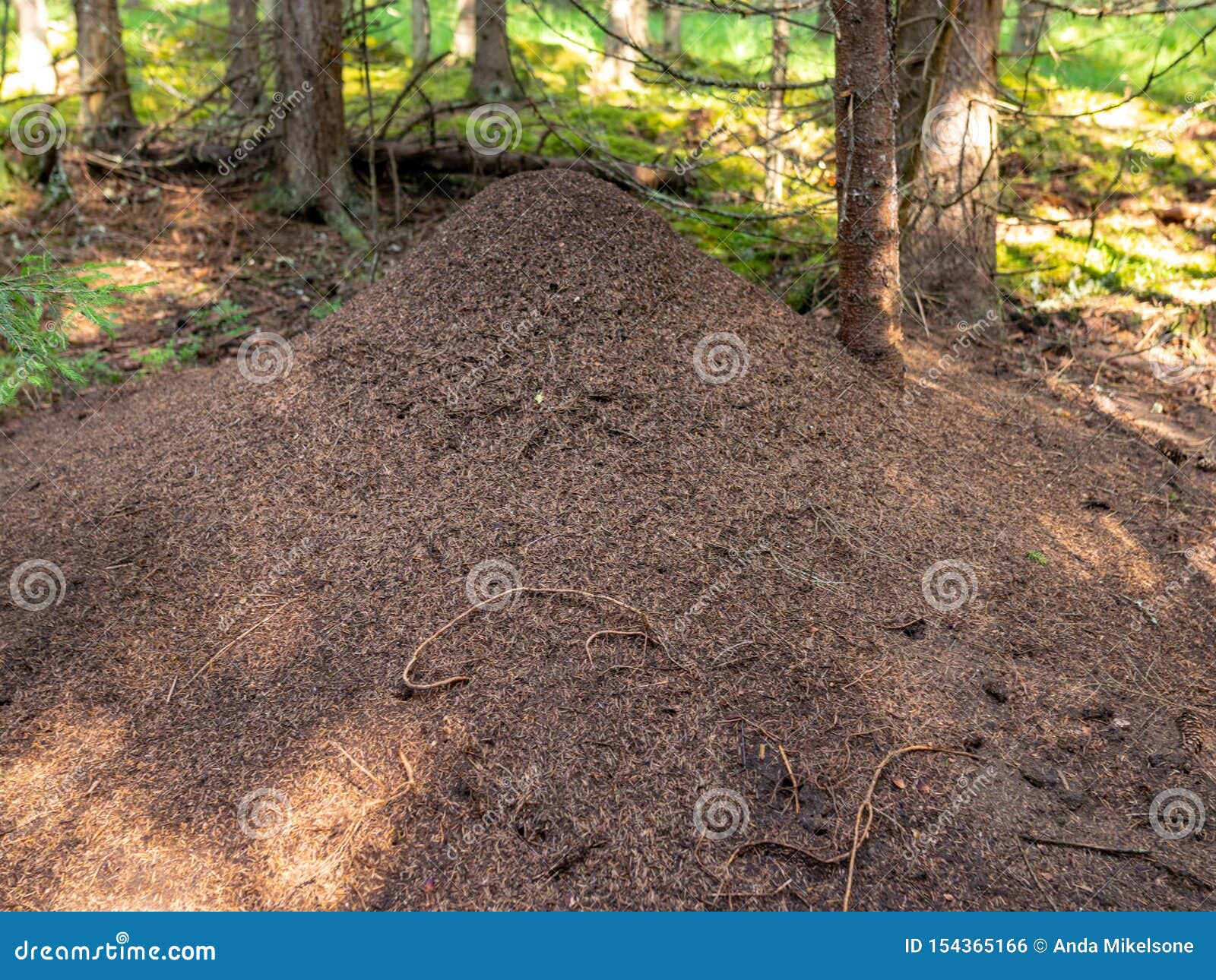Table Of Content
Related to bees and wasps, a carpenter ant (sometimes referred to as a flying ant) is a member of the Formicidae family of insects. Carpenter ants live in large colonies with workers, scouts and a queen. They are one of the largest and most common ant species in the U.S. It’s a good idea for homeowners to check basements, crawl spaces, and other places on the property with damp wood to see if there is a buildup of frass or sawdust. This can indicate carpenter ants are present and possibly causing structural damage. Carpenter ants are not as damaging as termites; however, they can cause thousands of dollars worth of damage if left unchecked.
Eliminate Damp Spots and Rotted Wood
These ants use certain ant pathways to get out of the nest to look for food. The Chumash people of the region consumed these ants as hallucinogenic food. The ants are known to live in very large colonies preying on raisin moth larvae. These ants are easier to identify compared to Argentine ants given their large size. They prefer the state’s deserts as well as the Baja California Peninsula where they live in high numbers. For example, Raid is a chemical spray that can be very effective on ants.

Solved! What Do Termites Look Like?
Carpenter Ants: Slow But Steady - PCT Online
Carpenter Ants: Slow But Steady.
Posted: Tue, 29 May 2018 19:03:05 GMT [source]
They are produced in the previous year and held over the winter in the nest for release the following year. Swarmers appear from May until August in the eastern United States and from February through June in the west. The reason sawdust is a clear sign of carpenter ants in the house is because they do not actually eat the wood. These structures will rot from neglect and function like a red carpet for carpenter ants. The best way to get rid of ants there is to keep your deck in tip-top shape. Below, we’ve highlighted two decking materials that are wood alternatives, as well as a top-rated wood stain to protect a wooden deck from further damage.
When to Call a Professional to Treat a Carpenter Ant Infestation
“Carpenter ants set up a series of satellite nests, which ensures the colony’s survival if one nest is destroyed,” Straubinger says. If it’s done right, you should be able to get the critters—and their wood-warping habits—out of your home. Minor infestations of carpenter ants can be dealt with using many of the same strategies used with other species of ants. Ant baits work by lacing a sweet substance with a substance toxic to ants, such as borax.
Chances are, you have one of the nine most common types of ants found in and around the home. Ants are some of the most prolific insects—in fact, there are over 1,000 species of ants native to North America alone. Though they are resourceful insects in the wild, they aren't welcome in most of our homes.
Satellite nests are formed in mid-summer both indoors and outdoors and do not form until the parent colony matures over several years. Usually around August, the workers and winged ants will emerge from the pupae. If you find these signs, contact a pest control professional about carpenter ant extermination immediately. They can cause serious damage to your home if not appropriately dealt with. Let’s start with size, because that’s the most noticeable difference.
Also, keep tree branches and other plants cut back from the house, as ants often use these branches to get into homes. If you find what looks like a very large ant with wings, you might wonder, “Do carpenter ants have wings? ” Certain carpenter ants do have wings, and knowing how to identify these insects will help in figuring out if you have a pest problem. Winged carpenter ants are most active at certain times of year, which is when people are most likely to see them. Let’s take a closer look at the carpenter ant life cycle to learn more about these insect pests.
Signs of Carpenter Ants In and Around Your House

If treated early, serious structural damage to houses and buildings can be avoided. However, these ants could damage structures immensely if they continue undiscovered for an extended period. However, even if you have an ant problem, you might not always see actual ants out and about.
Carpenter Ants – Field Station - University of Wisconsin-Milwaukee
Carpenter Ants – Field Station.
Posted: Wed, 10 Nov 2021 08:00:00 GMT [source]
Food
To get rid of carpenter ants, finding their nest of the carpenter ants is the crucial first step because eliminating just an occasionally traveling ant will do nothing to eliminate the colony. The ants will be going in both directions, and those moving toward the nest may be carrying insects or bug parts for food. Carpenter ants are typically 3/8 to 1/2 inch in length and black or brown in color. But while this is relatively large for an ant, the general description applies to many species of ants—size alone is not a good identifying feature.
Termites, however, actually consume the wood, unlike carpenter ants that merely tunnel through it, leaving behind residue (frass) in piles around the entry to the nest. Since colonies can include more than 50,000 ants, it’s best to leave this to the experts. Once homeowners have identified the warning signs of carpenter ants living in a home, there are a few carpenter ant treatment measures to help mitigate the issue. “The best method of controlling an indoor colony of carpenter ants is to locate the nest and treat it directly with a persistent insecticide labeled for indoor use,” says Russell. The best carpenter ant killers can be purchased at a hardware or garden store. It may also be worth putting out carpenter ant bait traps with borax or another ant poison as an additional measure.
The species (Tapinoma sessile) is known for nesting on all types of grounds. They prefer to nest in the ground but they are also often found in open soil, woods, or under large objects. But ants leave the pathways starting to look for food on their own constantly. While not specifically dangerous, these ants are known for above-average aggression. They are particularly aggressive to other colonies of Veromessor andrei.
“They’ll feed on pretty much anything they can find, depending on how hungry they are,” Russell says. They usually range from 3.4 to 13 millimeters long, according to Howard Russell, M.S., an entomologist at Michigan State University. Carpenter ants are often black, but some types have a reddish or yellowish shades to them. In carpenter ants, the thorax is evenly rounded—there’s no indentation, unlike with other ants, Russell says.
Most others prefer to live outdoors in mounds; under logs, rocks or pavement; and in vegetation. Common black ants are known as garden ants because they like to live close to aphids, which excrete their favorite sweet food — honeydew. If you’ve ever seen the damage carpenter ants can do, you understand why it’s so important to control them. The bait within common bait traps is specially formulated for a slow release, allowing the ants plenty of time to return to the nest and spread the bait to other colony members, even the queen. While DIY barrier treatments are available, it’s always best to contact a pest professional when using potentially toxic chemicals.
Carpenter ants feed primarily on insect honeydew, plant and fruit juices, insects and other arthropods. Inside, they will also feed on sweets, eggs, meats, cakes and grease. Although some workers are active during the day, most activity occurs from shortly before dusk until dawn. Following an ant trail to the wall where they emerged, then dusting behind the wall with boric acid or diatomaceous earth, can effectively kill them and divert their trail.

No comments:
Post a Comment